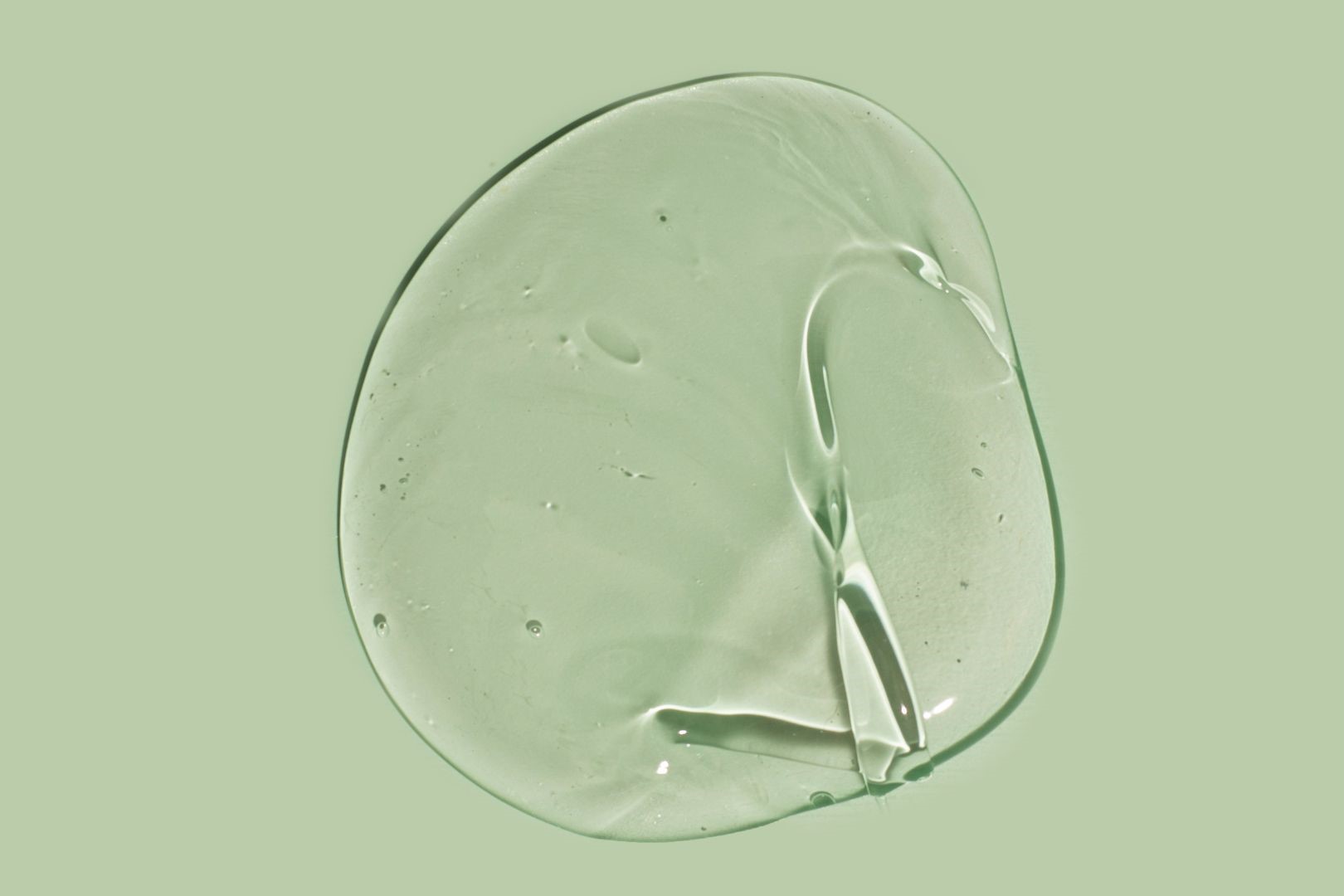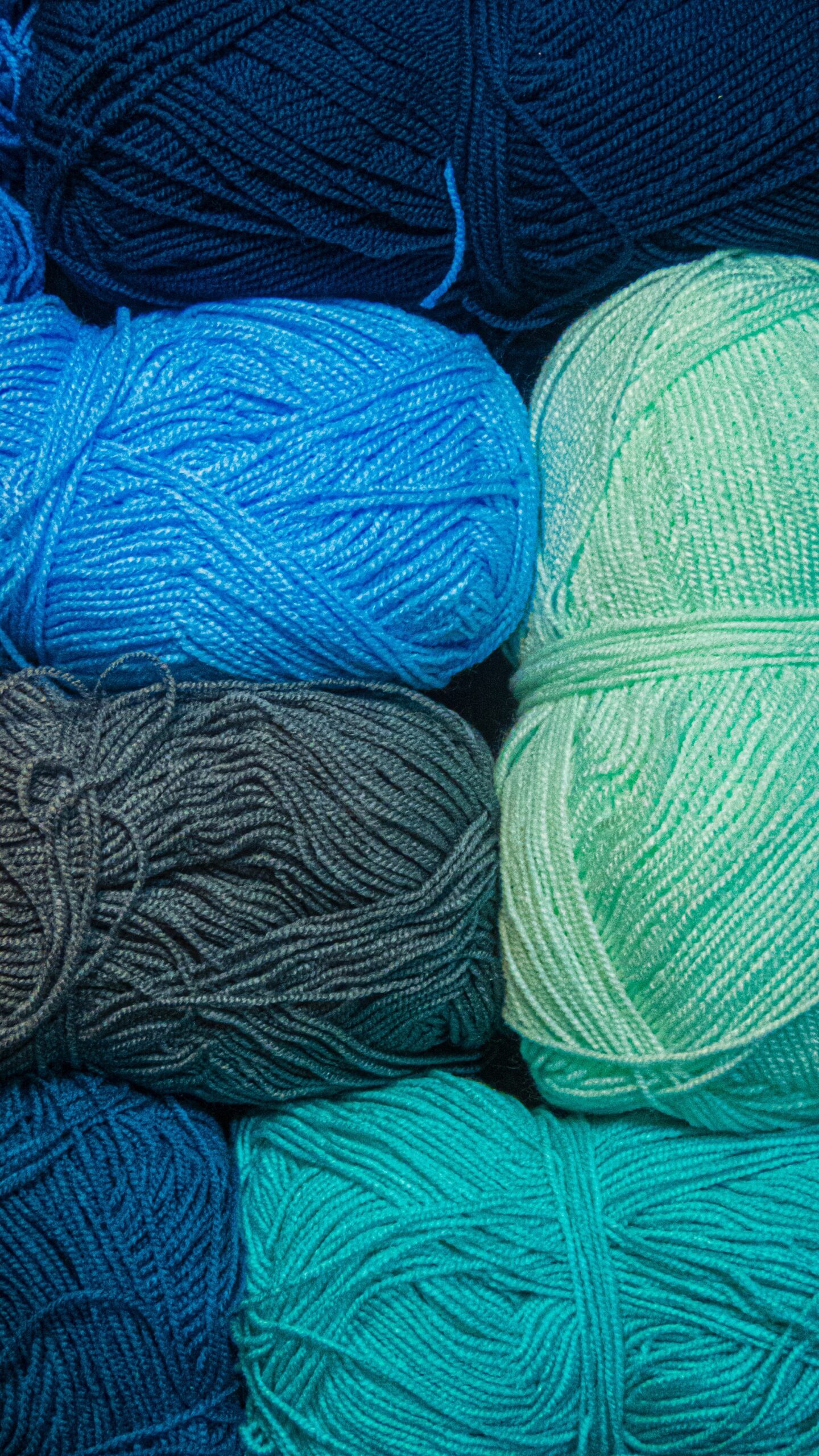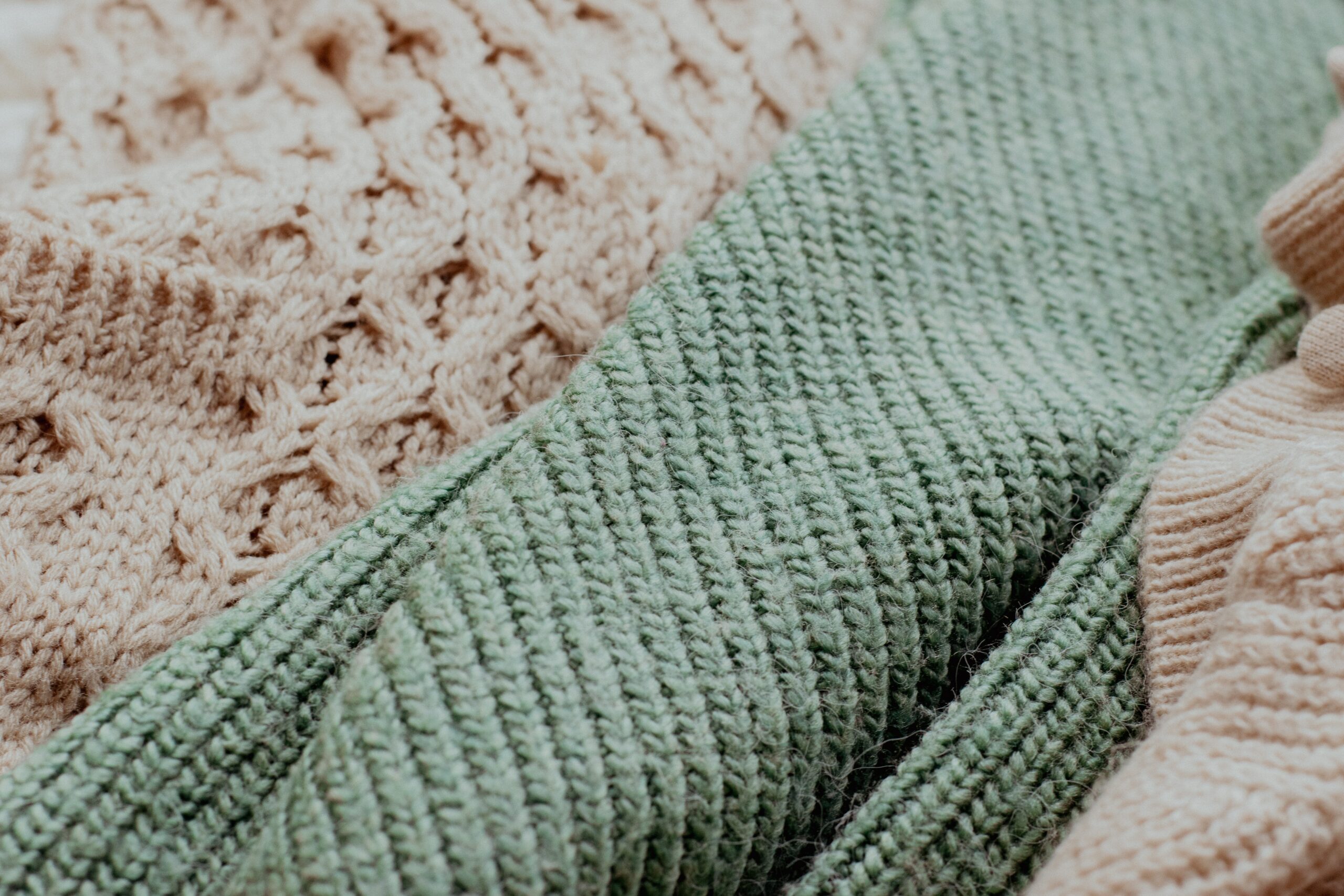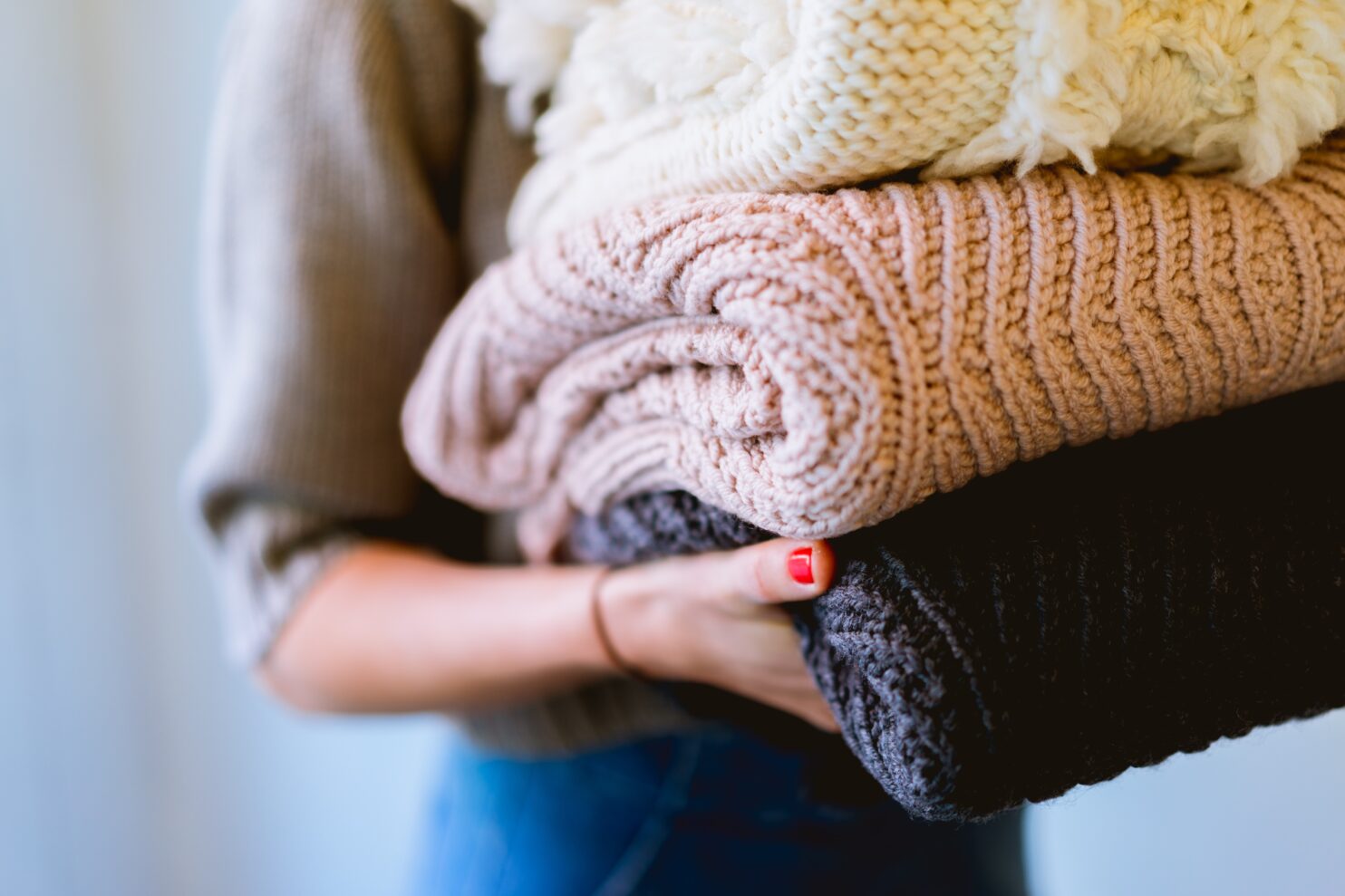Have you ever purchased a sweater and been so excited to wear it out? After a day and maybe a wash later, it’s covered in fuzz balls and its feeling and quality as decreased. As a sweater weather advocate, this happens to me all the time. I’m constantly pulling the pilling fabric off and hand-washing my garments to insure that they still look brand new. While this is annoying, there are ways for brands to fix the issue.
Sweaters can be such a Pill:

There are two main causes of pilling; normal wear and tear, and when the garment fabric is not produced properly. Pilling happens when the fibers break apart and form clumps aka the fuzz balls on the garment. You may notice it in areas that are getting a high amount of friction like under the arms, in the inseam, or by the cuffs. A pilling or pumice stone may help to remove these but over time it may damage the clothing. “This can happen at a micro level,” says Bret Schnitker on season 3 of Clothing Coulture Episode 7, ‘Small Details That Elevate Clothing Quality’. “Some yarns are delicate if the denier is fine…when it comes under friction the yarn elongates then snaps and breaks, and the little break all of a sudden pulls back on itself and creates that pill.”
Your sweater’s best friend:
 There are several ways to prevent an item from pilling in the first place. First, a more durable fabric with tighter fibers can prevent pilling. Another option is a clear finish that can be used on fabric to remove nap pills. A finish may also help with fabric creases and draping. “Spun (yarn fiber) polyester has a higher nature of pilling than filament (smooth and soft fabric) polyester because they’re just overall a lot more delicate,” says Schnitker. “They’ll impart a much softer surface, but they’re going to pill at a higher rate”.
There are several ways to prevent an item from pilling in the first place. First, a more durable fabric with tighter fibers can prevent pilling. Another option is a clear finish that can be used on fabric to remove nap pills. A finish may also help with fabric creases and draping. “Spun (yarn fiber) polyester has a higher nature of pilling than filament (smooth and soft fabric) polyester because they’re just overall a lot more delicate,” says Schnitker. “They’ll impart a much softer surface, but they’re going to pill at a higher rate”.
The first step to avoid pilling is understanding which fabric and fibers have a tendency to pill. Then brands can have an additional dialogue to determine content changes, anti-pill finishes, and other options with manufacturers.
Anti-Pilling Brands:
There are a wide variety of brands that offer finishes to avoid pilling. To determine the right one consider price, sustainability, and fabrics types. Below are a few companies that create anti-pill products which can be used in the product development phase.
types. Below are a few companies that create anti-pill products which can be used in the product development phase.
PILLTECH™, is an anti-pill technology that protects the fabric against fiber-to-fiber abrasion. When applied at the finishing stage, it forms a soft matrix around the fiber bundle, providing excellent stability and resistance to abrasion by holding these shorter fibers together.
Helafin-42 is a finishing agent that improves resistance to pilling and snagging for cotton, polyester, and their blends. It also improves the bursting strength of the knitted fabric. The finish is applied in combination with water-repellent agents and resins and is resistant to washing and dry cleaning.
Premier Anti-pilling acrylic is a Pilbloc™ fiber preparation from Premier® Yarns. That is most commonly used in sweaters and blankets. This fiber is specially formulated to resist pilling over time. If and when pills form, they are removed by machine washing the garment.
 As technology advances, pilling may become a thing of the past. Until then adding garment treatment and anti-pilling yarns will create a better look and feel which leads to increased customer satisfaction.
As technology advances, pilling may become a thing of the past. Until then adding garment treatment and anti-pilling yarns will create a better look and feel which leads to increased customer satisfaction.
Listen or watch the Clothing Coulture episode Small Details That Elevate Clothing Quality to learn more about pilling and other ways to enhance your garments.
 Hadley Robinson is a Marketing and E-commerce specialist at Stars Design Group. With a Bachelor of Arts in Fashion Business and a Minor in Photography degree from Columbia College Chicago, Hadley uses her knowledge of the fashion and art world to help manage SDG’s social and website channels.
Hadley Robinson is a Marketing and E-commerce specialist at Stars Design Group. With a Bachelor of Arts in Fashion Business and a Minor in Photography degree from Columbia College Chicago, Hadley uses her knowledge of the fashion and art world to help manage SDG’s social and website channels.

